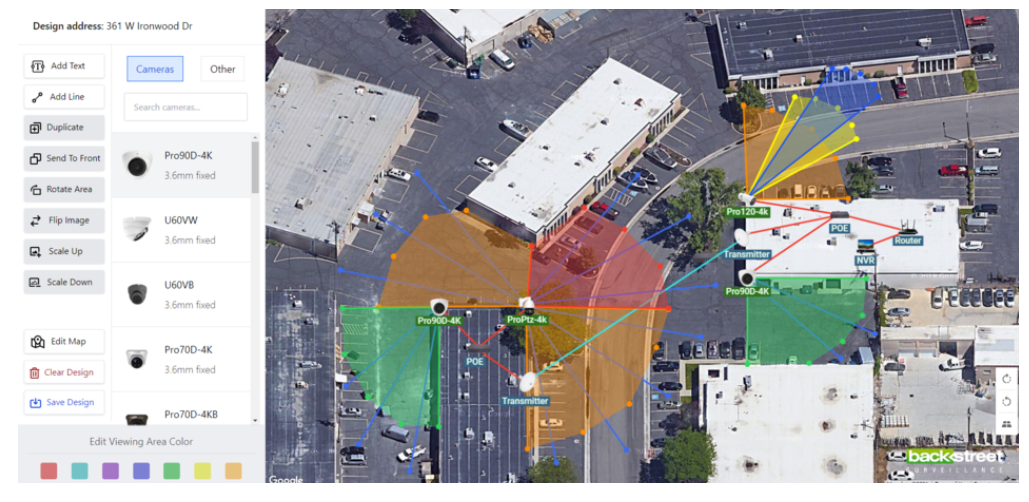Understanding the Cat C10 C12 Gauge Temperature Sensor 1309811
The Cat C10 and C12 engines are powerful eff, efficient, and widely used in various industrial and commercial applications. A crucial component in these engines is the temperature sensor, specifically the Cat C10 C12 Gauge Temperature Sensor 1309811. This sensor plays a vital role in ensuring the optimal performance and longevity of the engine. In this article, we will delve into this sensor’s importance, functionality, and maintenance, along with some related technical insights.
Importance of the Cat C10 C12 Gauge Temperature Sensor 1309811
The temperature sensor 1309811 is designed to monitor the engine temperature, providing real-time data to the engine control unit (ECU). This information is critical for several reasons:
- Engine Performance: Accurate temperature readings help in optimizing the engine’s performance. The ECU uses this data to adjust fuel injection and other parameters, ensuring the engine runs efficiently.
- Safety: Overheating can cause severe damage to engine components. The temperature sensor acts as an early warning system, alerting operators to potential issues before they escalate.
- Longevity: Maintaining the correct operating temperature is essential for the engine’s longevity. Consistent monitoring helps prevent excessive wear and tear.
- Compliance: Many industries have strict regulations regarding emissions and engine performance. Accurate temperature monitoring ensures compliance with these standards.
Functionality of the Cat C10 C12 Gauge Temperature Sensor 1309811
The Cat C10 C12 Gauge Temperature Sensor 1309811 operates on a simple yet effective principle. It measures the temperature of the engine coolant and sends this information to the ECU. Here’s a breakdown of its functionality:
- Sensing Element: The sensor contains a thermistor, a type of resistor whose resistance changes with temperature. As the engine heats up, the resistance of the thermistor decreases.
- Signal Transmission: The change in resistance is converted into an electrical signal, which is transmitted to the ECU.
- Data Processing: The ECU processes this signal and interprets the engine temperature. It then makes necessary adjustments to maintain optimal performance.
Maintenance and Troubleshooting
Maintaining the Cat C10 C12 Gauge Temperature Sensor 1309811 is crucial to ensure its proper functioning. Here are some tips:
- Regular Inspection: Periodically check the sensor and its connections for any signs of wear or damage.
- Cleaning: Ensure the sensor is clean and free from debris, which could affect its accuracy.
- Calibration: Occasionally, the sensor may need recalibration to maintain its precision. Refer to the manufacturer’s guidelines for specific instructions.
- Replacement: If the sensor is faulty or damaged, it should be replaced promptly to avoid potential engine damage.
Related Technical Insights
Understanding the broader context of engine temperature sensors can be beneficial. Here are some related concepts:
- Thermocouples vs. Thermistors: While thermistors are commonly used in engine temperature sensors, thermocouples are another type of temperature sensor that operates on a different principle. Thermocouples generate a voltage based on temperature differences between two dissimilar metals.
- Coolant Temperature Sensors: The Cat C10 C12 Gauge Temperature Sensor 1309811 specifically monitors coolant temperature. This is crucial because the coolant helps regulate the engine’s overall temperature.
- Sensor Placement: The placement of the temperature sensor within the engine is strategic. It is typically located near the engine’s hottest points for accurate readings.
Final Thoughts
The Cat C10 C12 Gauge Temperature Sensor 1309811 is a small but essential component in maintaining the health and efficiency of Cat C10 and C12 engines. Providing accurate temperature data to the ECU ensures optimal performance, safety, and longevity of the engine. Regular maintenance and understanding its functionality are crucial to maximizing its benefits.
Questions and Answers
Q: What happens if the temperature sensor fails? A: If the temperature sensor fails, the ECU may receive incorrect temperature readings, leading to improper engine adjustments. This can result in poor performance, increased emissions, and potential engine damage due to overheating.
Q: How often should the temperature sensor be inspected? A: It is advisable to inspect the temperature sensor during regular engine maintenance intervals, which can vary depending on the engine’s usage and operating conditions.
Q: Can a faulty temperature sensor affect fuel efficiency? A: Yes, a faulty temperature sensor can lead to incorrect adjustments by the ECU, potentially affecting fuel injection and overall fuel efficiency.
Q: Are there any signs that indicate a failing temperature sensor? A: Common signs include engine overheating, erratic temperature readings, and the activation of the check engine light.
Q: Is the Cat C10 C12 Gauge Temperature Sensor 1309811 compatible with other engine models?A: The sensor is designed explicitly for Cat C10 and C12 engines. Compatibility with other models should be confirmed with the manufacturer.
By understanding the critical role of the Cat C10 C12 Gauge Temperature Sensor 1309811, operators and technicians can better maintain their engines, ensuring they run efficiently and safely for years to come.
You can visit Caterpillar’s official site or this technical resource for more detailed information.
PedroVazPaulo Human Resource Consulting: Driving Sustainable Business Growth
Unleashing the Lioness: Exploring the ‘Name That Means Lioness’ in NYT Crossword










